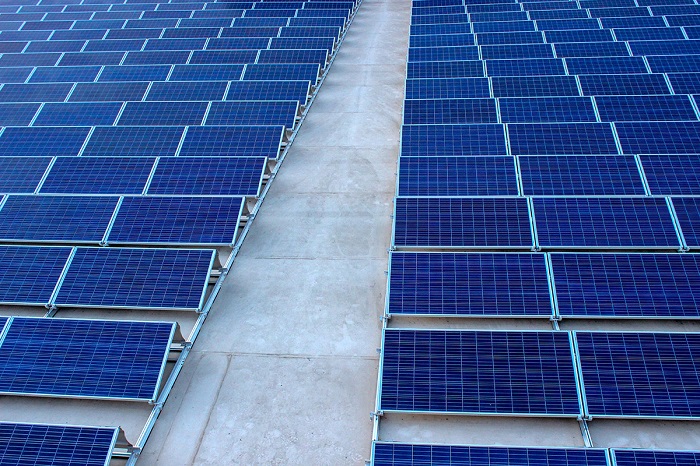As a new member of photovoltaic family, antimony trisulfide (Sb2S3) has the satisfactory bandgap of 1.7eV, benefiting the fabrication of the top absorber layer of tandem solar cells. Due to a special quasi-one-dimensional structure, it shows advantages of less dangling bonds. Based on these advantages, the vacancy defects upon the surface causing the recombination of carriers could be reduced sharply, which helps to solve the photovoltaic problems in solar cells.
In previous studies, the relationships between conformation, chemical composition and structure of deep-level defects on Sb2S3 films are unclear.
A research team discovered the unique defect properties of low-dimensional materials particularly Sb2S3 through building the bridge between the deep-level defects of Sb2S3 and anion/cation ratio.
The researchers prepared both Sb-rich and sulfur-rich Sb2S3 films by using the method of thermal evaporation deposition. Based on the excellent performance of the devices, the deep-level transient spectroscopy (DLTS) was applied to detect the characterizations of defects.
The sulfur-rich Sb2S3 films showed an excellent performance compared with Sb-rich Sb2S3 films as the lower density of defect and less detrimental to carrier transport were achieved, which matches with the improvement in photovoltaic performance. Based on theoretical calculations, it seems that the defects are trend to appear in Sb-rich Sb2S3 films.
Notably, the sulfur-rich Sb2S3 devices fabricated by thermal evaporation showed the highest record power conversion efficiency, which means that the material is capable of being more tolerant to vacancy defects, and indicates that the addictive introduce to the vacancy will not lower the lifetime of carriers.
This study provides a new solution to regulate the photovoltaic properties of Sb2S3.






